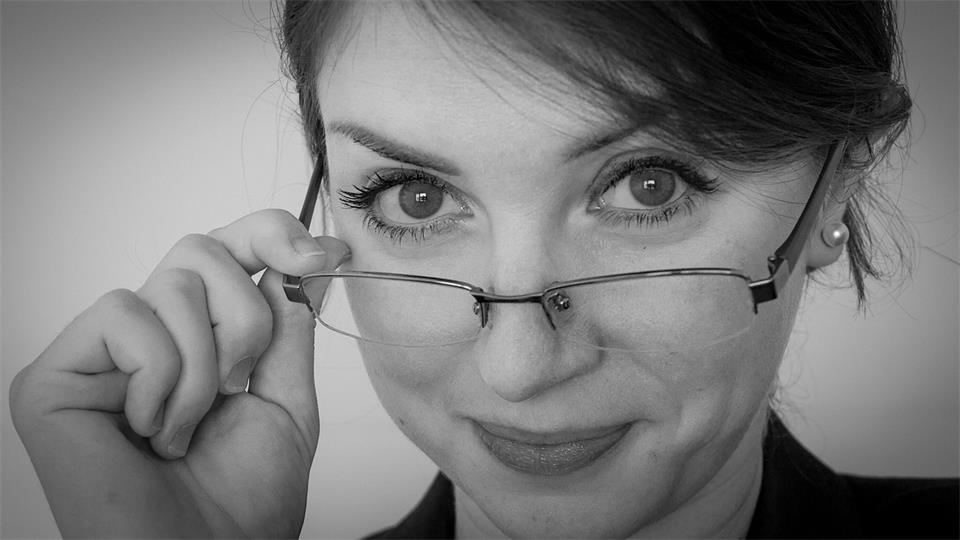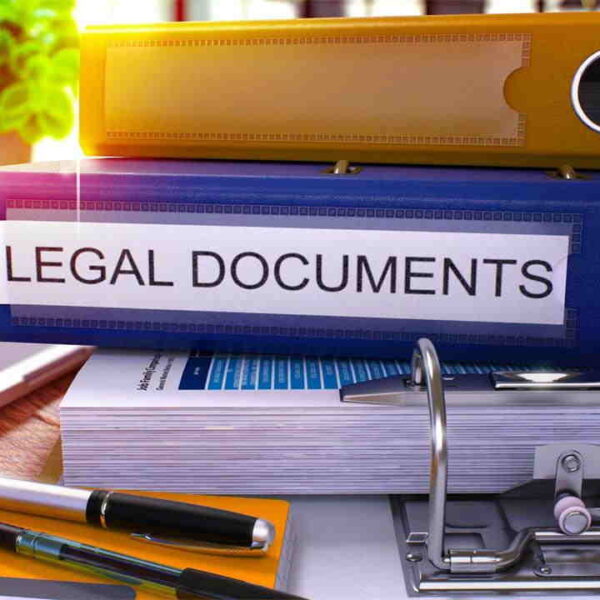When you’re on the job, there’s a long list of things you need to keep an eye on—literally. Whether you’re working in a warehouse, on a construction site, in a lab, or out in the field, clear vision is non-negotiable. It’s not a “nice to have.” It’s a “must.”
We often talk about protective equipment, but vision tends to get lumped in as an afterthought. And that’s a problem—because vision isn’t just about seeing well. It’s about working safely, reacting fast, and avoiding mistakes that could lead to serious injuries.
It’s Not Just About Protection—It’s About Precision
Most people associate eye safety with protection from debris, chemicals, or flying objects. And yes, that’s a big part of it. But vision affects how you move, measure, assess, and execute tasks. Even a small visual distortion can lead to misjudging distances or missing critical details.
One common issue that’s easy to overlook? Wearing generic safety glasses when you actually need vision correction. Squinting through blurry lenses—or worse, trying to double up your regular glasses with safety goggles—can put you at real risk.
That’s where safety glasses with prescription lenses make a big difference. They combine protection with precision. Instead of compromising between clarity and compliance, you get both. That means fewer headaches, fewer errors, and a much safer working environment overall.
Small Errors Add Up Fast
Think about how much of your job relies on sight—reading instructions, identifying hazards, aligning parts, and noticing subtle defects. Now imagine doing all that with poor vision. Even if you’re off by just a little, the impact can be huge.
Here’s the thing: many job site injuries don’t happen because someone ignored a significant risk. They happen because someone didn’t see something in time. Or saw it wrong. Or missed it completely.
Poor vision leads to:
- Misjudged distances
- Delayed reaction times
- Skipped safety cues
- Increased strain and fatigue
All of these can turn a routine task into a dangerous one.
Eye Strain Is Real—And It’s Not Harmless
We’ve gotten used to staring at screens or harsh lighting for hours. But just because something is common doesn’t mean it’s safe. Eye strain builds up slowly, and you might not even notice it until it starts affecting your focus and decision-making.
This is especially true in fast-paced environments. If your eyes are constantly adjusting between screens, equipment, natural light, or dark corners, that’s extra work your body is doing. And when your eyes get tired, your brain follows.
Some signs of job-related eye strain:
- Blurry or double vision
- Headaches that build through the day
- Light sensitivity
- Difficulty focusing, especially after breaks
Again, none of these seem dramatic in the moment. But they stack up. And when you’re distracted or uncomfortable, your risk level rises, along with the chance of making a costly mistake.
Visibility Issues Are Safety Issues
It’s not just about what you can see. It’s also about what’s in your way.
Fogged-up lenses. Scratched surfaces. Poor fit. Outdated prescriptions. These can all blur your view just enough to matter. And the frustrating part? These are avoidable.
If your safety glasses constantly fog up, you’ll be tempted to take them off or push them down. If they slip off your face, you’ll adjust them mid-task. And if the lenses are scratched, you may not notice a hazard until it’s too late.
The good news? These aren’t things you have to “deal with.” They’re signs that your gear isn’t doing its job.
One Size Doesn’t Fit All
Everyone’s eyes are different. That’s obvious—but the gear you’re given might not reflect that. Eye protection shouldn’t be handed out like one-size-fits-all hats. Comfort matters. Fit matters. And vision needs vary.
The wrong fit leads to:
- Gaps in protection
- Glasses that fall off mid-task
- Pressure points that cause headaches
- Distorted peripheral vision
When your eye protection fits properly and aligns with your prescription needs, everything feels easier. You’re not distracted by discomfort. You’re not wasting time readjusting. You’re focused—and that’s the safest way to work.
Addressing Vision Is a Culture Shift
Talking about eye protection should go beyond ticking off compliance checklists. It should be part of how we talk about workplace quality, performance, and safety. Vision is a tool, just like any other piece of equipment. If it’s not maintained, it can fail.
Encourage regular eye exams. Make it easy for people to update their safety gear. And push back against the idea that blurry vision or uncomfortable glasses are “just part of the job.” They’re not.
In many industries, vision correction isn’t even optional anymore. It’s expected. The goal isn’t to meet minimum safety standards—it’s to exceed them. Because when vision is crystal clear, mistakes are easier to avoid, work is easier to do, and everyone goes home in one piece.
Don’t Wait for a Close Call
Plenty of people only start thinking seriously about their eye safety after something goes wrong. A near miss. An injury. A moment where they realize, “I should’ve seen that.” But it shouldn’t take a wake-up call to treat vision seriously.
The sooner you address vision as a safety issue, the sooner you reduce risks across the board. From preventing injury to improving job performance, it’s one of the easiest wins a team can get.






